Newbies to succulent meat, here’s how to care for the new meat you buy home!
Last Update :2024.11.12
Article Catalog
Meat lovers who have just entered the meat pit finally picked out a cute meat and took it home happily. Then how to take care of it to keep it cute and cute. Today I will share with you the exclusive novice care guide for your reference.
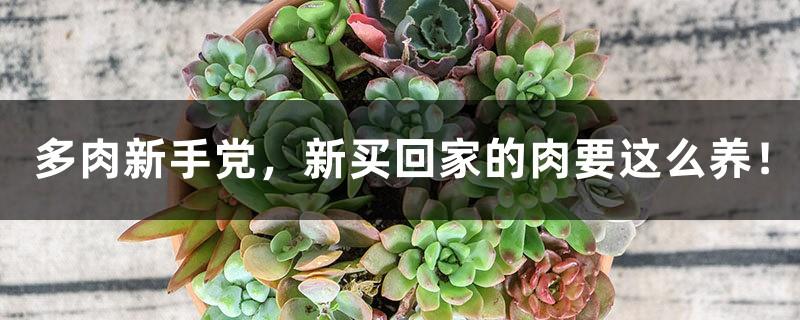
Inspection
1. If you buy meat online, you must open the package in time when you receive the goods and ventilate the meat, especially in summer, otherwise black rot is not a trivial matter. Afterwards, check the meat to see if there are bugs or other dirt. If there are insect pests (especially rhizomes), they need to be removed immediately to prevent insect invasion. It is recommended to use the Flower Protector for pest control and sterilization!
2. If you buy meat in a greenhouse store, you should also check the meat. Generally, the meat coming out of the greenhouse has been treated with insecticide and sterilization, so it is not necessary. panic. It's up to you whether you want to keep the original planting material. Transplanting with soil can generally improve the survival rate.
Root repair
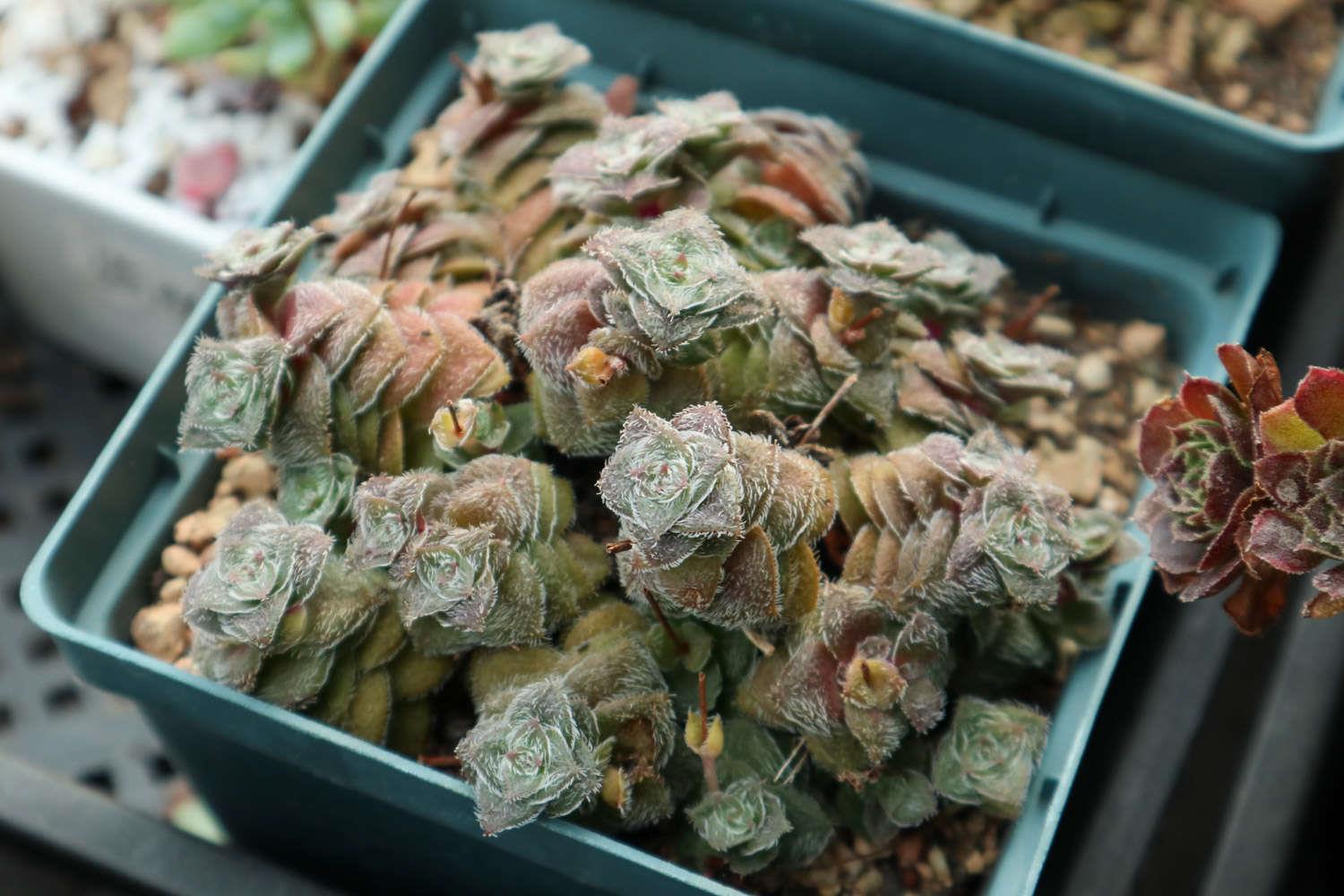
After you get the bare root flesh, you need to perform simple root pruning. Shake off the excess soil, remove the shriveled and rotten leaves and fibrous roots, and just keep the main root. The wound can be used Apply dry sulfur powder, or place it in a cool and ventilated place to dry for a day or two to help the wound heal and avoid wound infection and black rot.
Select a pot
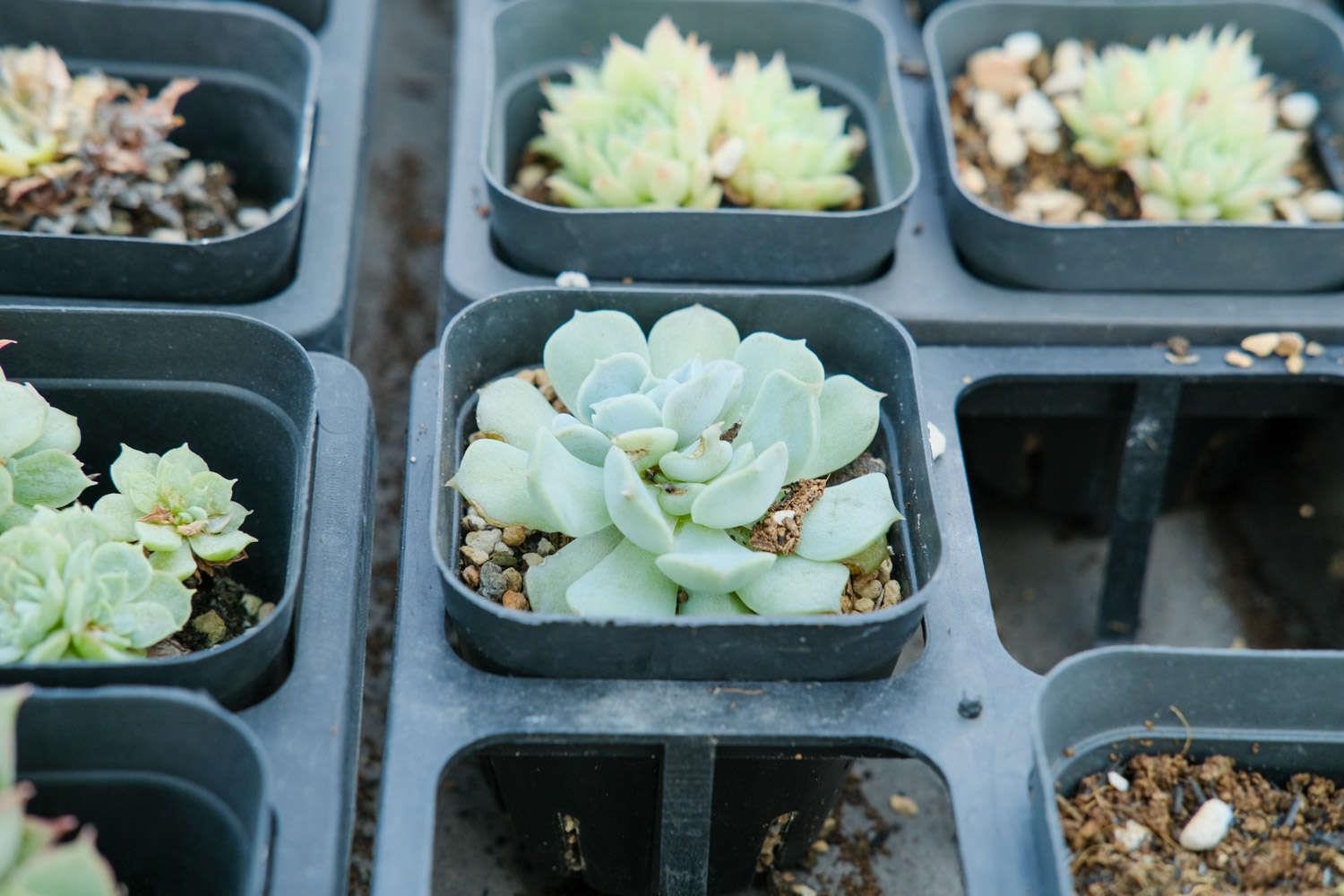
When drying the roots, you can prepare the pot and soil. For novices, there are generally the following choices when choosing a pot:
1. "Xiaohei" "Square": Neat and uniform, suitable for planting one radish in one pit, and can save balcony space.
2. "Jingdezhen Pottery Basin": It has good air permeability and is guaranteed to survive the summer. Because water escapes quickly, it is not so easy for novices to control watering.
3. "Purple Clay Basin": The purple clay basin with excellent water permeability and air permeability is also the first choice for novices. The simple shape is very harmonious with the old piles, but the price is relatively expensive.
4. "Korean-style stoneware basin": Now not only is Korean sedum invading, Korean-style basins have gradually become the mainstream. Generally, the outer wall is glazed and the inside is made of stoneware, which is conducive to Breathable.
5. "White porcelain basin": White porcelain basin has poor air permeability. If watering is not controlled reasonably, it will easily cause water accumulation in the soil, so it is difficult for novices.
There are many kinds of pots. A pair of old boots or a tin box can become the new home of the meat. In short, the selection of pots requires a detailed analysis of the specific situation. According to the type of meat, the environment at home, and the soil. When choosing ingredients, generally follow: "good water permeability and holes at the bottom."
With soil
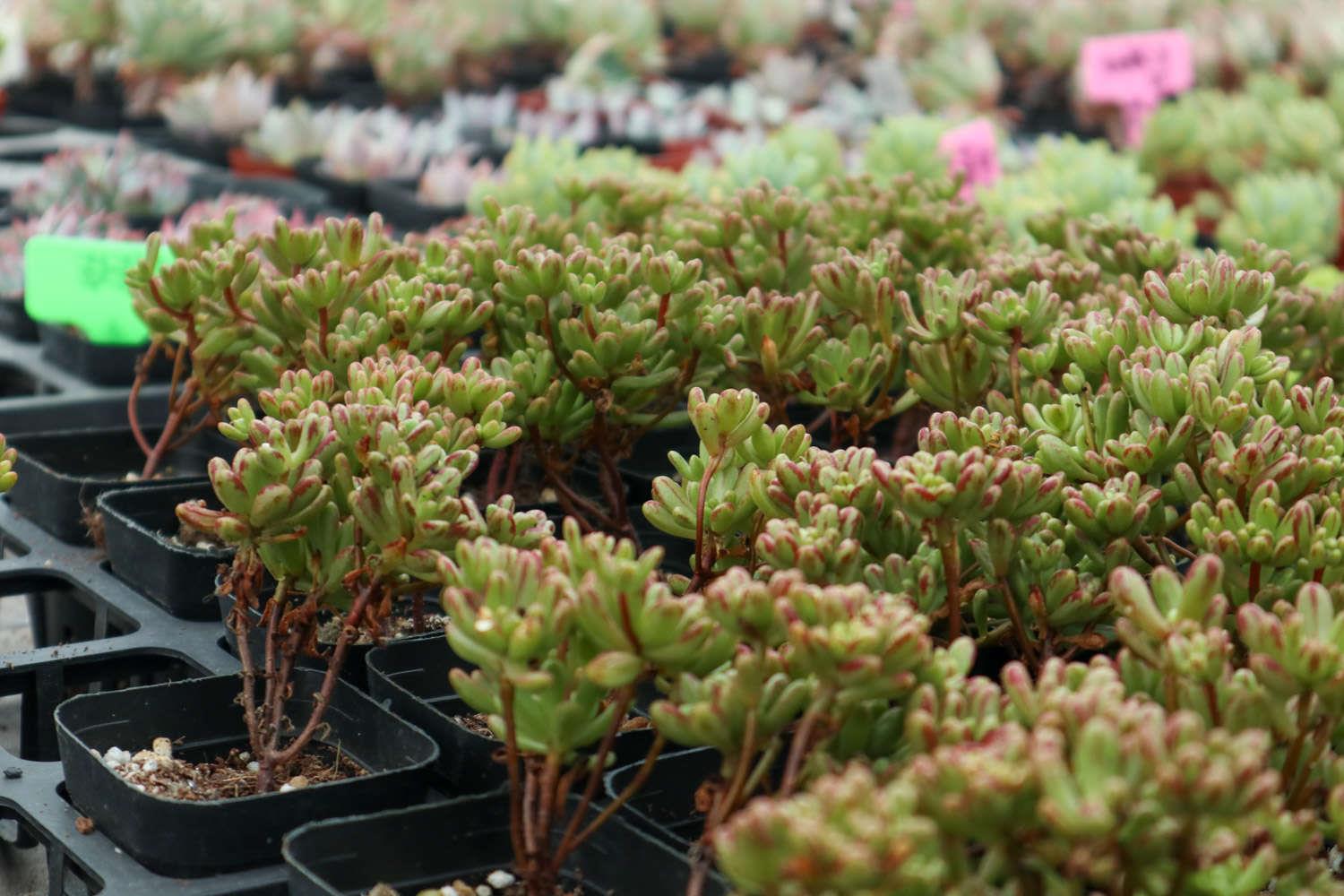
Most of the meat Meat still prefers hydrophobic and breathable planting materials, which can be divided into three types functionally:
1. Planting soil: The purpose is to fix the plants and provide nutrients for the growth of meat. Generally, you can use succulent planting soil that is common in greenhouses. If you like to mix your own soil, you can usually use "4 parts peat soil + 2 parts perlite + 2 parts volcanic stone + 2 parts vermiculite"
2. Bottom planting material: The purpose is To prevent the soil from becoming too waterlogged. Avoid root rot or the growth of pathogens due to moisture in the soil, which may cause various diseases. Generally, large particles such as ceramsite are used. Coarsely screened cinder is also a good choice, as is charcoal that can absorb impurities.
3. Pavement planting materials: The purpose is mainly for aesthetics, and also has some small functions. Paving plant materials come from a wide range of sources, such as white pebbles, akadama soil, Kiryu sand, Kanuma soil, etc. You can make reasonable choices based on different pots and plants. The ultimate goal is to provide beautiful decoration and fixed plants.
In fact, everyone’s soil allocation method is different. The key is to configure it according to the local climate and plant varieties.
Colonization
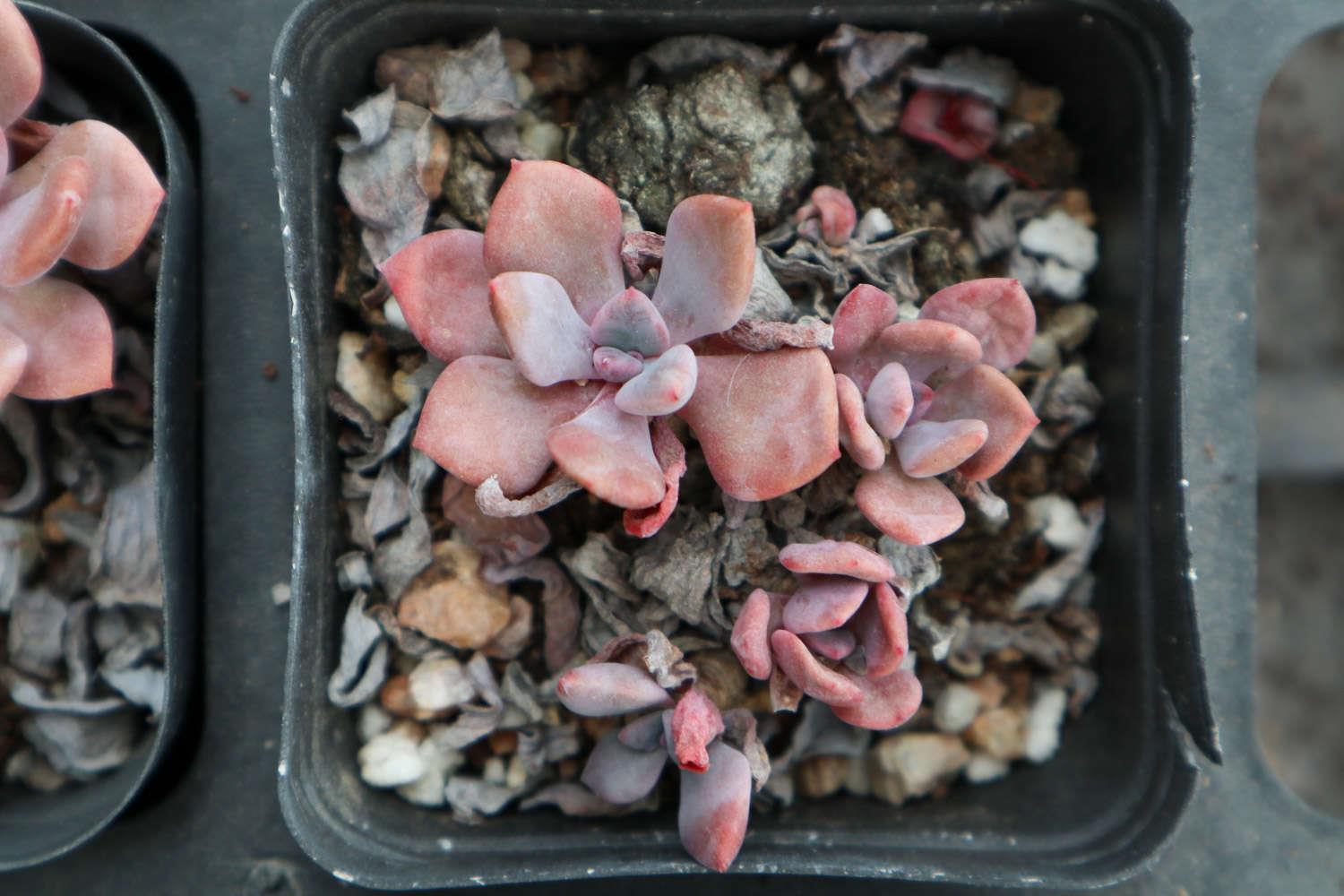
Wait until the plant wound is complete Once it is healed, it can be potted. The bottom of the pot should be padded with large particles of planting material, such as ceramsite, to facilitate drainage and ventilation. Then dry plant with fluvoid soil, (that is, the soil feels a little damp, and it feels moist when you hold it, but it will not stick together but spread out after loosening), which can promote the plant to grow new roots. Finally, lay your favorite paving stone and place it in a bright and ventilated place (not exposed to the sun). Do not water it first. After 3-4 days, you can spray some water on the soil surface. Water it thoroughly once a week or so. When the fleshy leaves are full, new ones will appear. When the leaves grow, they can gradually see the sun and be maintained normally.
Watering
After the planting is completed, it is the daily maintenance of the succulent. Watering is usually Dry it thoroughly and water it thoroughly, that is, give enough water at one time until the bottom hole seeps out, and then wait until it is almost dry before watering it thoroughly again. Usually, roux grows fastest in spring and autumn. The cool weather and suitable temperature make roux need more water. At this time, you can water it twice a week, usually in the evening. The weather is hot in summer, and the meat will enter a dormant state. At this time, the water should be cut off appropriately. Do not water frequently, which will cause the meat to turn black and die. Generally, water it once every 1-2 weeks, and keep it dry and ventilated. The winter in the north is cold, usually below 5°C or below zero, so the meat needs to be moved indoors for curing, and is usually watered once a week. There is generally no pressure on meat in the winter in the south, so it can still be maintained normally.
So how to control watering?
a. Look at the leaves: If the healthy leaves are wrinkled and shrunk, or the leaves of some varieties are drooping and listless, it is a "thirst" signal fed back by Rourou. ;
b. Look at the soil: Novices can observe the changes in moisture in the soil. There is a simple way to measure the weight with your hands. There is a big difference between the weight of the pot soil when there is sufficient moisture and when there is insufficient moisture. In addition, if a gap is formed between the outer edge of the soil and the inner edge of the pot, and the soil surface is cracked, this is also a sign of water shortage;
c. Look at the pots: red pottery pots and other well-permeable pots It is not easy for pots to retain moisture, so you can water more according to the specific situation; for white porcelain pots or pots without holes, water less according to the specific conditions;
d. Look at the soil mix: If the soil is loose and breathable, you can water more according to the specific situation. If the soil is fine and compact, you should consider watering less.
Rizhao
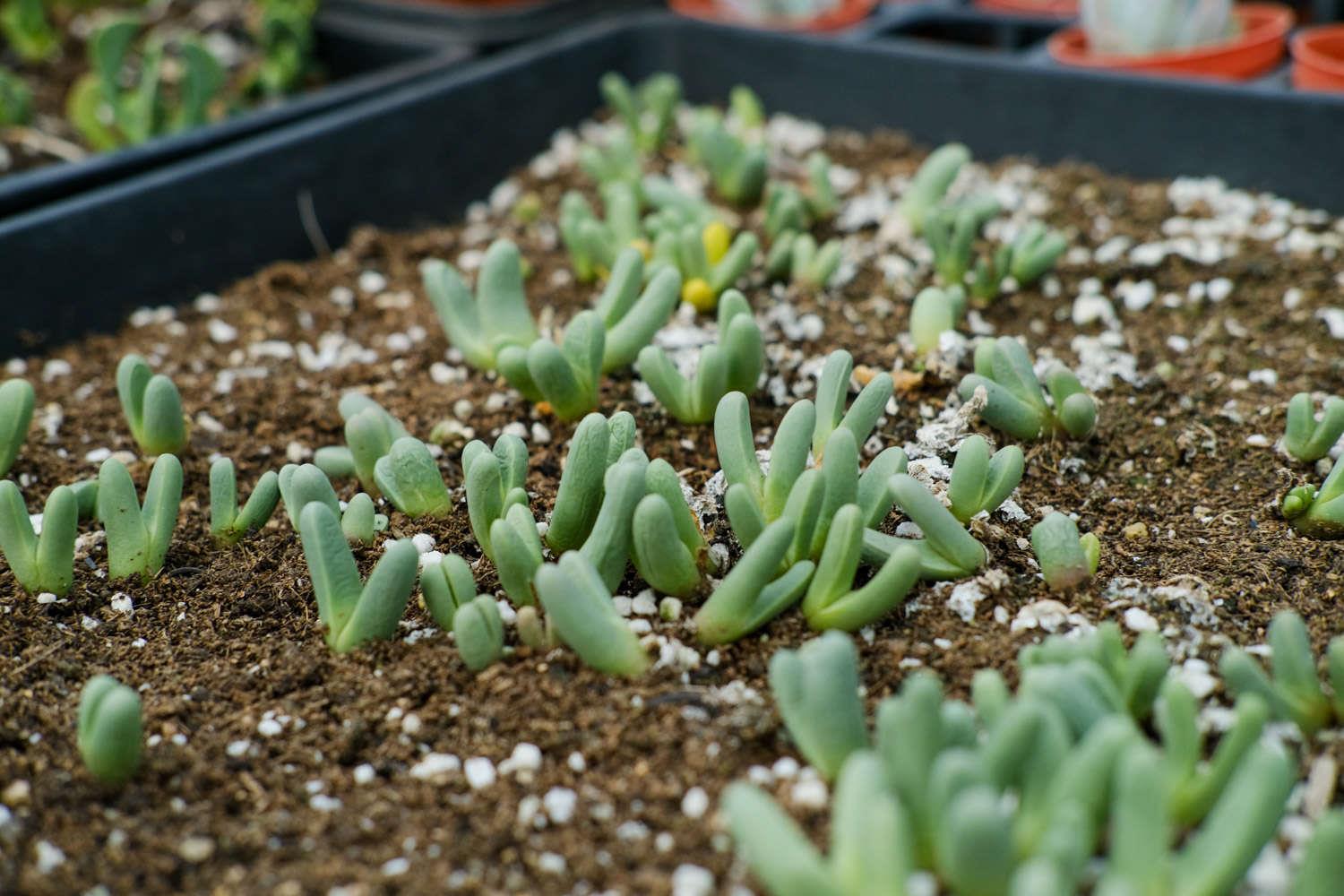
During the growth period, Many succulents need sufficient sunlight, generally 4 to 6 hours a day is appropriate. Different varieties and conditions of succulents have different light requirements. For example, during the flowering period, longer sunlight is needed to promote flowering; newly potted succulents It is not suitable to be exposed to the sun; Euphorbiaceae's fleshy plants like the sun very much. Growing in the shade will cause the spacing of fleshy leaves to become larger, the color to fade, the stems to become fragile, the leaves to become deformed, and the resistance to the outside world will decrease, making them particularly ugly. But don’t worry, if you gradually let it receive sunlight for a while , Rourou will still become cute. Remember to shade when the temperature exceeds 30 degrees Celsius in summer. It doesn’t matter if the condition is ugly, as saving your life is the most important thing.
Diseases
Diseases are generally divided into two types, insect pests and fungal pests.
?? Pests
Here we mainly talk about scale insects. There is a saying in the meat industry: Continuous heavy rain + continuous high temperature + exposure = zombie powder (zombie seedlings, corpses, root powder). Although it is funny, it also illustrates how deeply everyone hates scale insects. This plague not only sucks the ground parts of flesh, but also hides in the soil. White cotton-like things can often be found around the fibrous roots of flesh, which is their contribution. Therefore, preventing and controlling scale insects is a basic skill that meat lovers must acquire. We need to do the following for daily prevention and control:
a. Make sure that the plants and plant materials are free of any insect sources.
b. Once bugs are found on the ground parts of plants, we will never tolerate them! If it is only a small amount, you can pick it out with a bamboo skewer and poke it to death (a must), or you can wash it with water. If there is a large outbreak, and the bugs are shamelessly hiding in the cracks of leaves and other parts that are difficult for us to reach, then we need to take action seriously. Generally, special pesticides for killing succulent plants can be purchased online and in person (for Succulents, I used apyridoxime, which was recommended by the owner of the pesticide store). The concentration should be appropriately proportioned. The liquid should be placed in a watering can and directed at the insects. The parts should be sprayed carefully, and the areas without insects should also be sprayed as a preventive measure. Two points should be noted during this period: 1. It is generally appropriate to apply pesticides in the evening and in a ventilated environment. 2. The frequency of pesticide application is once every two weeks. If there are no pests, there is no need to apply pesticides very frequently.
c. If the bugs cleverly hide in the soil, don’t panic. Generally, you can replace the soil, carefully separate the root system, remove the soil containing the insect source, and replace it with new soil. If you don't want to change the pot, then use the immersion pot method, that is, immerse the bottom of the pot in the liquid for about 1 to 2 minutes.
d. Many people have noticed that ants often gather in places where scale insects break out. This is not a good thing, because many times there is a mutualistic relationship between ants and pink root weeds. They suck the nectar secreted by scale insects and transport the insects to other plants in return. This may explain why scale insect outbreaks are so widespread. According to the experience of some great masters, ants cannot be kept.
?? Fungal damage
Fungal damage usually manifests as black rot, black spots or rust spots. These are caused by germs or bacteria.
a. Daily watering should be controlled and the specific situation should be analyzed to avoid excessive accumulation of water in the soil.
b. Once a diseased strain is found, it should be isolated immediately to avoid infecting other meat.
c. Improve ventilation conditions and spray fungicides regularly.
You also need to know some little knowledge: Generally, the leaves of plants with black rot cannot be transplanted, and the soil where the diseased plants have been needs to be isolated and sterilized, etc.,
- END -
Complete list of jade fan varieties

How many types of jade fans are there? Why are the jade fans I saw at my friend’s...
How to breed blue sarong
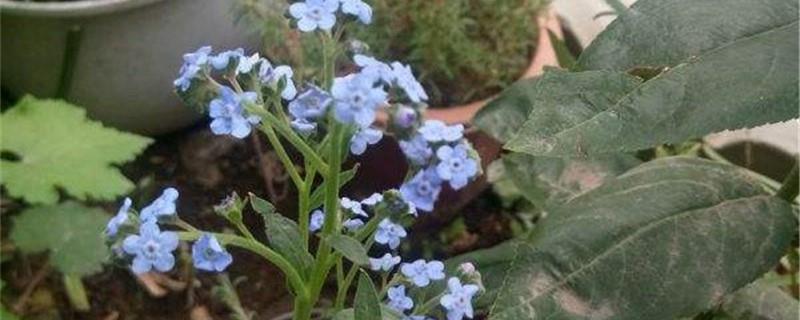
Soil: Suitable for cultivation in soil with moderate viscosity, fertile looseness ...